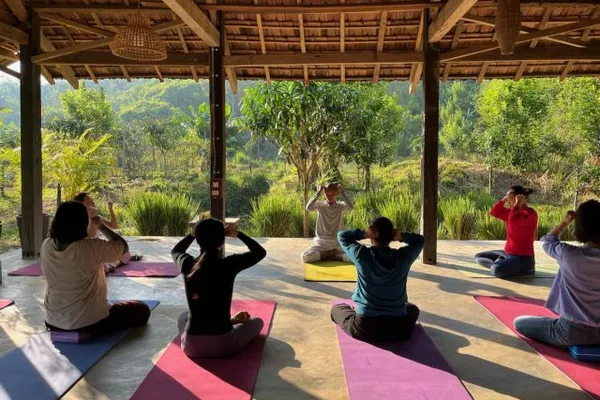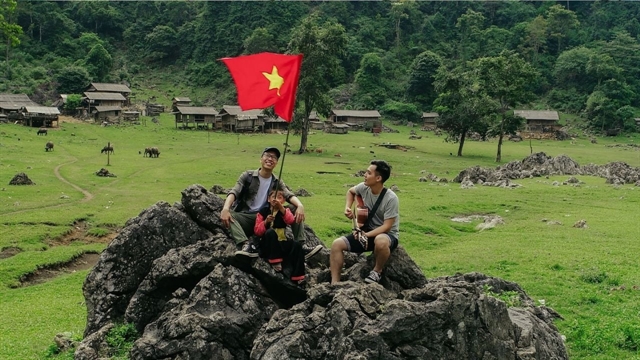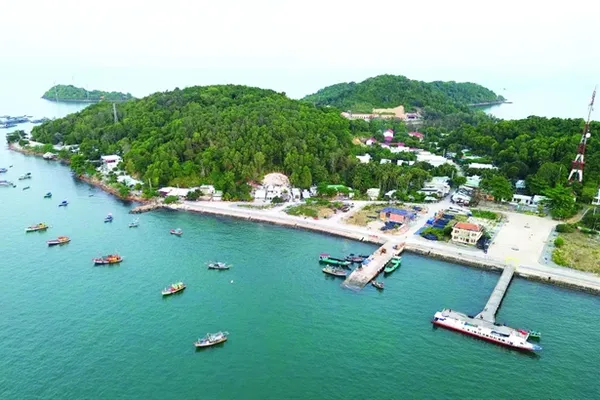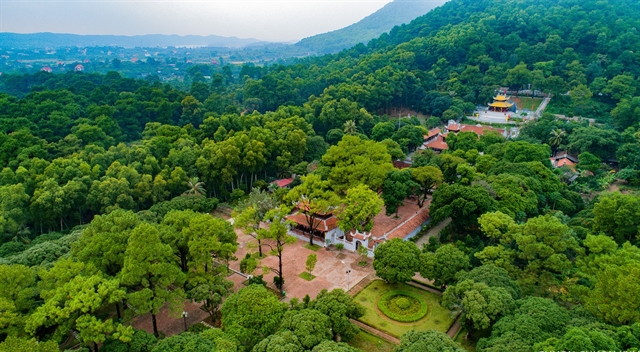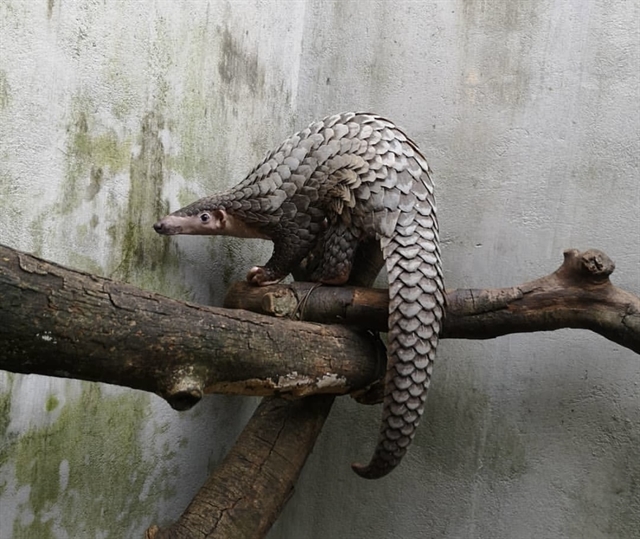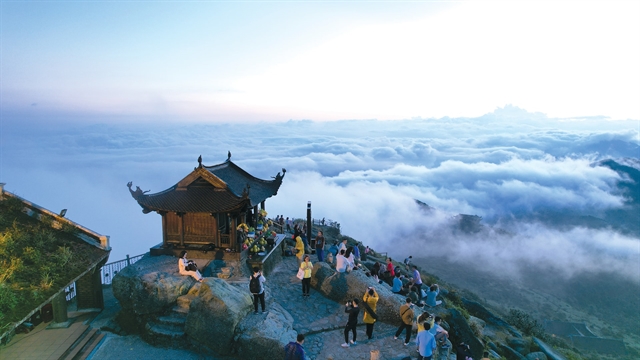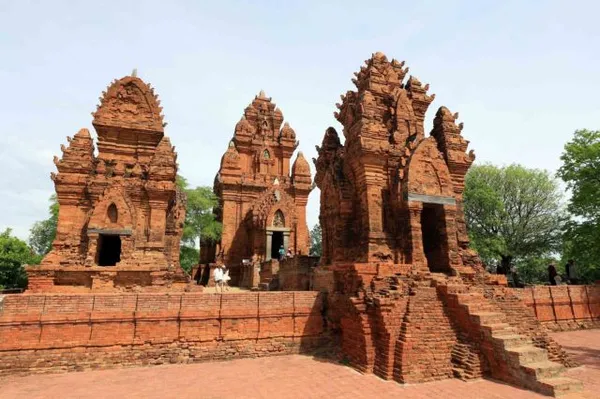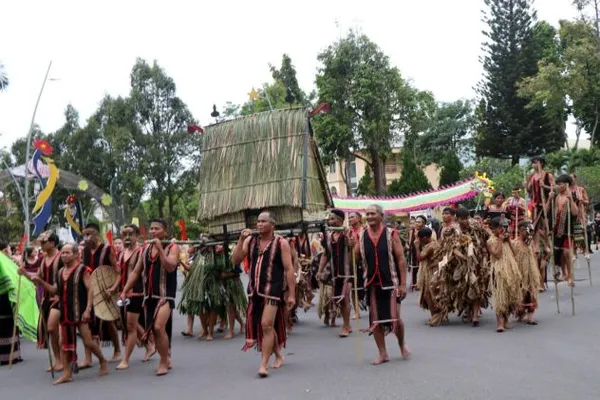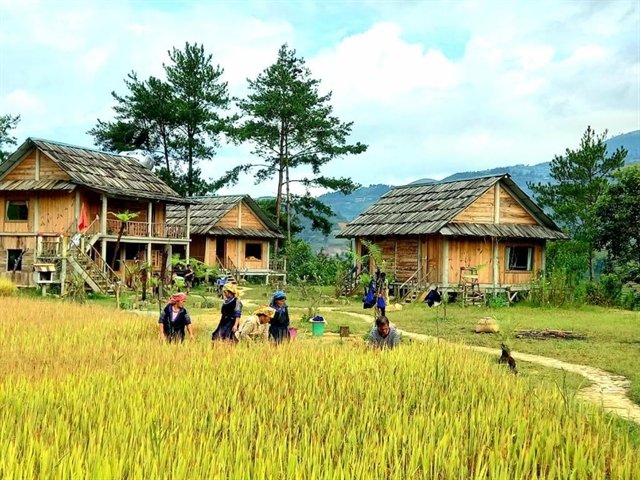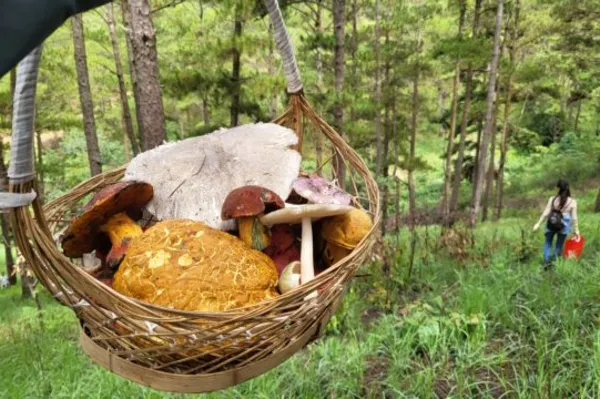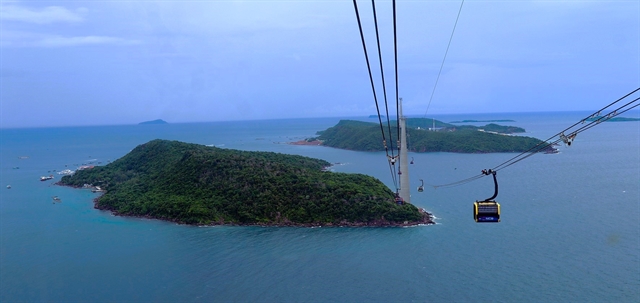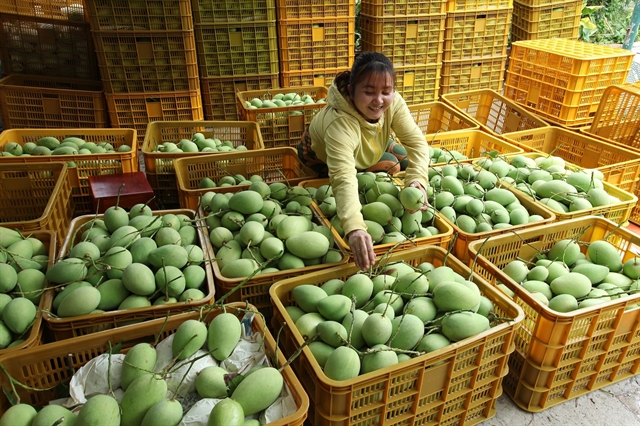
Following the recent administrative merger, Thái Nguyên Province is opening up exciting development opportunities across multiple sectors, with tourism set to become a key driver of its economic growth. This vibrant region, rich in history, culture and natural beauty, is ready to reshape its profile on both regional and national tourism maps.

Hà Nội’s tourism sector is buzzing ahead of National Day, with hotels nearly fully booked and travel agencies rolling out special packages.

Đào Minh Tiến, known by millions online as Dế Mèn Du Ký (The Cricket’s Journey), showcases the beauty of Vietnam not only through its breathtaking landscapes but also through the warmth and kindness of its people. To him, this spirit is what truly makes Việt Nam unforgettable.

Hải Tặc Archipelago in Tiên Hải Commune, An Giang Province, has emerged in recent years as one of the locality’s most popular new destinations.

Côn Sơn – Kiếp Bạc is a renowned historical, cultural and spiritual area, recently recognised by UNESCO as a World Cultural Heritage site. Along with its picturesque landscape, it offers a variety of attractive sightseeing and pilgrimage experiences.

After the merger, HCM City has undergone not only geographical changes but also a transformation in mindset in the tourism development space.

Every July, as Việt Nam marks the War Invalids and Martyrs Day (July 27), people from across the country journey to Côn Đảo, where a once-feared island prison has been transformed into a national monument of remembrance and resilience.

Surrounded by a thousand shades of green, the air softening as if to soothe your lungs, you realise: healing doesn’t always come from grand gestures. Sometimes, it’s simply about standing still and letting nature hold you for a while.

Led by skilled women riders in traditional áo dài, these Vespa tours take you deep into the Hà Nội’s culture through hidden alleys, bustling street corners and flavoursome night scenes. Hà Nội’s spirit isn’t on the map, it’s in the ride!

This serene destination, embraced by stunning mountainous scenery and a refreshing climate, has become a sought-after spiritual retreat for travellers seeking tranquility.

Khánh Hòa Province plans to build new tourism products to attract domestic and international travellers.

Côn Đảo is a premier tourism destination in Việt Nam, attracting nearly 400,000 visitors in the first half of 2025. Local authorities emphasise preserving the island’s unique cultural identity and natural beauty, while continuing to develop sustainable ecotourism initiatives.

The merger of Kon Tum Province with Quảng Ngãi is expected to boost tourism growth by offering tourists a blend of highlands, forests and coasts.

Among the stunning terraced rice fields of La Pán Tẩn commune, Mù Cang Chải District, Yên Bái Province, young locals are building a future rooted in tradition. Through homestays and community-based tourism, they share the soul of the Mông community with visitors.

This enchanting town, with its endless pine forests and refreshing climate, offers a serene escape, inviting visitors to slow down and embrace the tranquil rhythm of life. Măng Đen is more than just a destination — it’s a sanctuary for those seeking to explore authentic local culture and immerse themselves in an inspiring green lifestyle.

StarCruises on Friday celebrated the arrival of the Star Voyager cruise ship in HCM City, the first cruise ship to offer Vietnamese round-trip cruises from a Vietnamese homeport.

A basic tour that consists of mushroom picking and prepping costs about US$13-20, while a more premium package, which includes a grilled lunch in the forest can cost $30-38.

Most travel agencies have reported a significant increase in bookings for summer tours to traditional destinations such as Hạ Long, Đà Nẵng – Hội An, Nha Trang, Phú Quốc, and Quy Nhơn.
